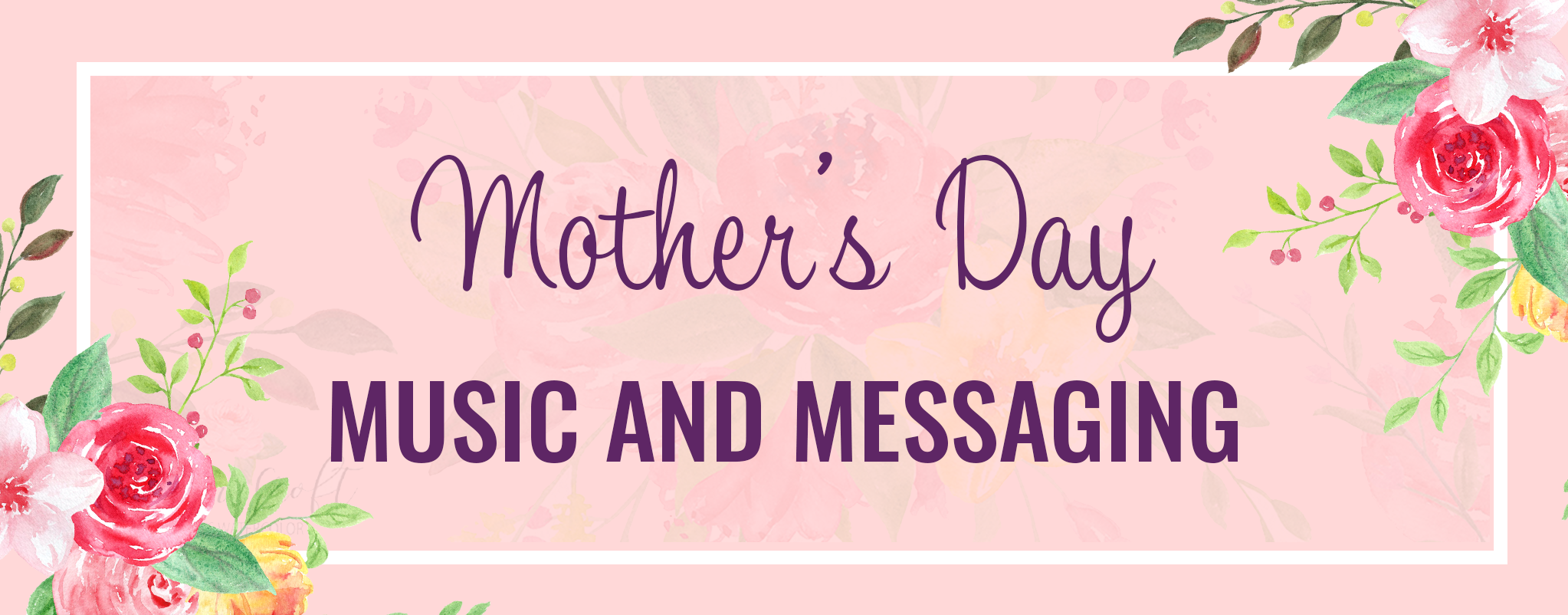If you understand what motivates prospects and existing customers online, it will mean that you can actively support this, by optimising your ecommerce platforms, which in turn can mean an increase in sales and revenue. So let’s take a look at the 3 biggest psychological triggers and buying patterns for customer purchasing to factor in to your planning and ecommerce development.
1. Impulse buying
In today’s consumerist world, where we live in a 24 hour society, expectations are tougher than ever. Consumers believe they can get whatever they want, whenever they want and this is especially true of impulse buying. This is when someone buys an item without first putting much thought or consideration into the item that they suddenly need it immediately.
This group of people tend be those who spend more time on social media, who are greatly influenced by what they see and are often trend followers, meaning low brand loyalty. A consumer who tends to impulse buy is more likely to be concerned with their image, their social status, and how they appear to others. In other words, they make purchases based on what they think will look good in the eyes of other people.
They are more often than not driven by promotions and sales and influenced by website design – the ‘nicer’ the website is, the more likely to encourage impulse purchase behaviour. We’ll come on later to talk about how colour impacts this too.
An Impulse buyer will not consider the consequences that their purchases may have in the future, they just know they want to have it and want it now!
It’s all about the product being seen in the right place and the right time. We’ve already mentioned that this group are heavily influenced by social media to anything with endorsement by a celeb, seeing pictures with a friend with the product.
This helps to create a connection with the item, where the buyer already imagines themselves owning the product.
In the UK, Mortar London on behalf of Finder.com found that 78.4% of Brits succumbed to impulse shopping and more than 22.9% were making impulse purchases on a weekly basis.
2. Urgency & Missing Out Buying
Whilst this isn’t quite panic buying loo rolls and pasta, the psychology is the same. It’s an overwhelming fear that something you want will run out, which leads to a regret that we didn’t act on it.
The big retailers having been playing this game for a while. That moment you go online to and the item you’ve had your eye on for a while now has ‘limited stock’ or ‘Only 2 left in stock”. Even better than this, is simply that it has gone into the sale or has a discount on it.
This has the immediate effect of getting this group of people to act fast and grab that deal before it’s too late.
Terrifyingly, it’s referred to as “purchase anxiety”, which is a psychological trigger based on urgency and scarcity that is so deeply rooted in our drive for survival.
Studies have found that online stores with countdown timers and stores that show a limited amount of items left in stock from their product page converted 9% better than stores that did not.
The effect that scarcity and urgency have on people psychologically is a natural phenomenon that retailers are known to build marketing tactics upon.
3. The impact of retail therapy
Good old fashioned retail therapy. Not something to be mocked as this is a real thing and proven to be a stress relief for many shoppers! It’s been found that people tend to turn to shopping as therapy during major life transitions, for instance, after a breakup, before getting married, or having a child. Shopping relieves anxiety and gives people a sense of control.
For many, the act of simply browsing online and putting it into your basket, often without purchasing immediately people improve their mental well being and this is a proven fact. You are able to get the same sense of joy from browsing as having the product in your hands.
4. Colour
Colour within branding and marketing is not a new concept – big organisations such as Coke spent millions looking at the impact that red branding had over other colours and is a key factor in brand design today.
However, did you know that up to 87% of consumers make buying decisions based on colour, meaning it plays an important part in all decision making both on and offline.
Colour and appearance is something that your consumers give great importance to and it’s something you have to plan out very carefully based on the identity of your brand and your target audience. Here is a simple chart to give you an idea of how colour can affect people’s mood:
So, what does this mean for your business and specifically your ecommerce platforms?
Here are the top things to consider:
- Have you looked at your colour and how has this informed your website and broader marketing?
- Look at building a clear route for your visitors and an optimised user journey – site navigation has a huge impact on visitors, and can form part of their purchase intention.
- Make your store easy to access from any device, especially for the impulse buyers.
- Think about the design of your links – as a rule, they should help customers find relevant information in 3 clicks or less , especially for those who have a fear of missing out.
- Organise products into relevant categorises and clarify with examples.
- Get interactive. Customers like to interact with products to create a sensory experience a customer would have in store.
- Make their shopping experience more personalised.
To see our news & tips first, follow us on LinkedIn or call us on 03333 220022 for a friendly chat with the team.


